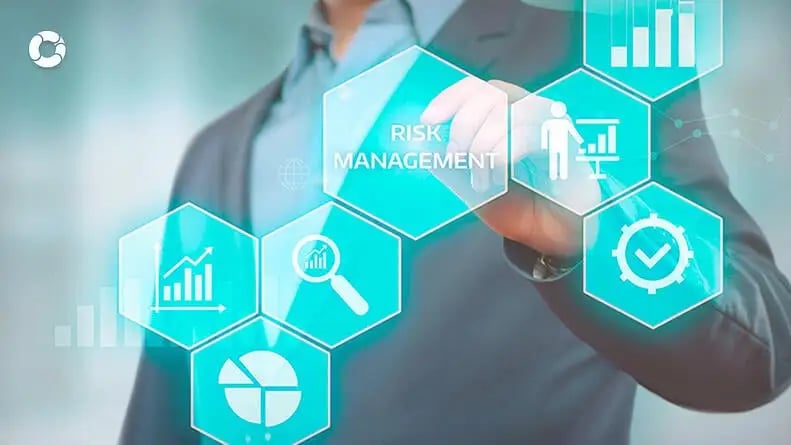Understanding the Value of Risk Management in Organization Success and Sustainability
In today's ever-evolving service landscape, the importance of Risk Management can not be downplayed. It stands as an important pillar, bolstering business success and sustainability among a sea of uncertainties. By determining and minimizing prospective dangers, businesses secure their capital, foster resilience, and boost public count on. Equally, it leads the means for innovation and growth. Allow's unload this complicated subject, discovering how positive Risk Management adds to the longevity and success of services.
The Principle of Risk Management in Business
Risk Management, a basic element of service procedures, lugs a considerable weight in the success or failure of a company. It involves identifying, evaluating, and regulating threats to a company's funding and revenues. These risks, termed as dangers, can originate from a selection of sources consisting of monetary unpredictabilities, lawful responsibilities, critical Management errors, accidents, and all-natural calamities. Companies employ Risk Management treatments to mitigate the damaging results of these dangers. It is a systematic technique that leads the way for educated decision-making, ensuring economic stability and sustainability. The concept of Risk Management is not a guarantee against Risk, yet instead an important device that advertises operational efficiency and resilience in face of unpredictability.
Secret Elements of a Durable Risk Management Method
Structure a robust Risk Management approach includes numerous crucial elements. Recognition of possible threats is the primary step, followed by a detailed evaluation of these threats. After recognizing the gravity of the dangers, proper actions must be prepared for Risk mitigation. These actions can range from diversity of sources to insurance coverage. A reliable Risk Management technique also entails continuous tracking and review of the identified threats and the performance of the control actions. The technique should be adaptable adequate to accommodate changes in business setting. Additionally, the approach should also entail training of the staff members to deal with unanticipated situations. All these aspects, when incorporated successfully, add to a robust Risk Management approach.
How Risk Management Adds To Service Success

Instance Studies: Effective Risk Management in Method

Future Trends in Risk Management and Their Ramifications for Businesses
As the worldwide service landscape remains to advance, so also does the field of Risk Management. Future patterns recommend a change towards aggressive instead of responsive methods, with Read Full Report companies increasingly seeking to determine and alleviate dangers prior to they occur. The consolidation of technology, especially AI and large information analytics, will play a critical role in this change. These tools can give real-time insights, enabling swift and notified decision-making. Ecological, social, and governance (ESG) dangers are forecasted to climb in prestige, mirroring a growing social problem for sustainability. Organizations that adapt to these fads and incorporate them right into their Risk Management approaches will likely be better outfitted for success and sustainability in the uncertain future.

Conclusion
To conclude, comprehending the importance of Risk Management is essential for organization sustainability and success. Proactive identification, analysis, and mitigation of possible hazards have a peek at these guys not just safeguards funding and revenues, however additionally promotes durability. Efficient Risk Management techniques boost functional efficiency, client trust, and advancement. With real-world instance studies and future patterns, it's obvious that a durable strategy to risk Management is critical in browsing today's complicated service environment.
Services utilize Risk Management procedures to reduce the unfavorable impacts of these threats. The concept of Risk Management is not an assurance against Risk, however instead an important device that promotes operational performance and durability in face of changability.
Identification of potential risks is the primary action, complied with by a comprehensive evaluation of these risks (importance of risk management). After understanding the gravity of the risks, correct measures need to be prepared for Risk mitigation. A reliable Risk Management method additionally involves consistent surveillance and testimonial of the recognized risks and the efficiency of the control steps